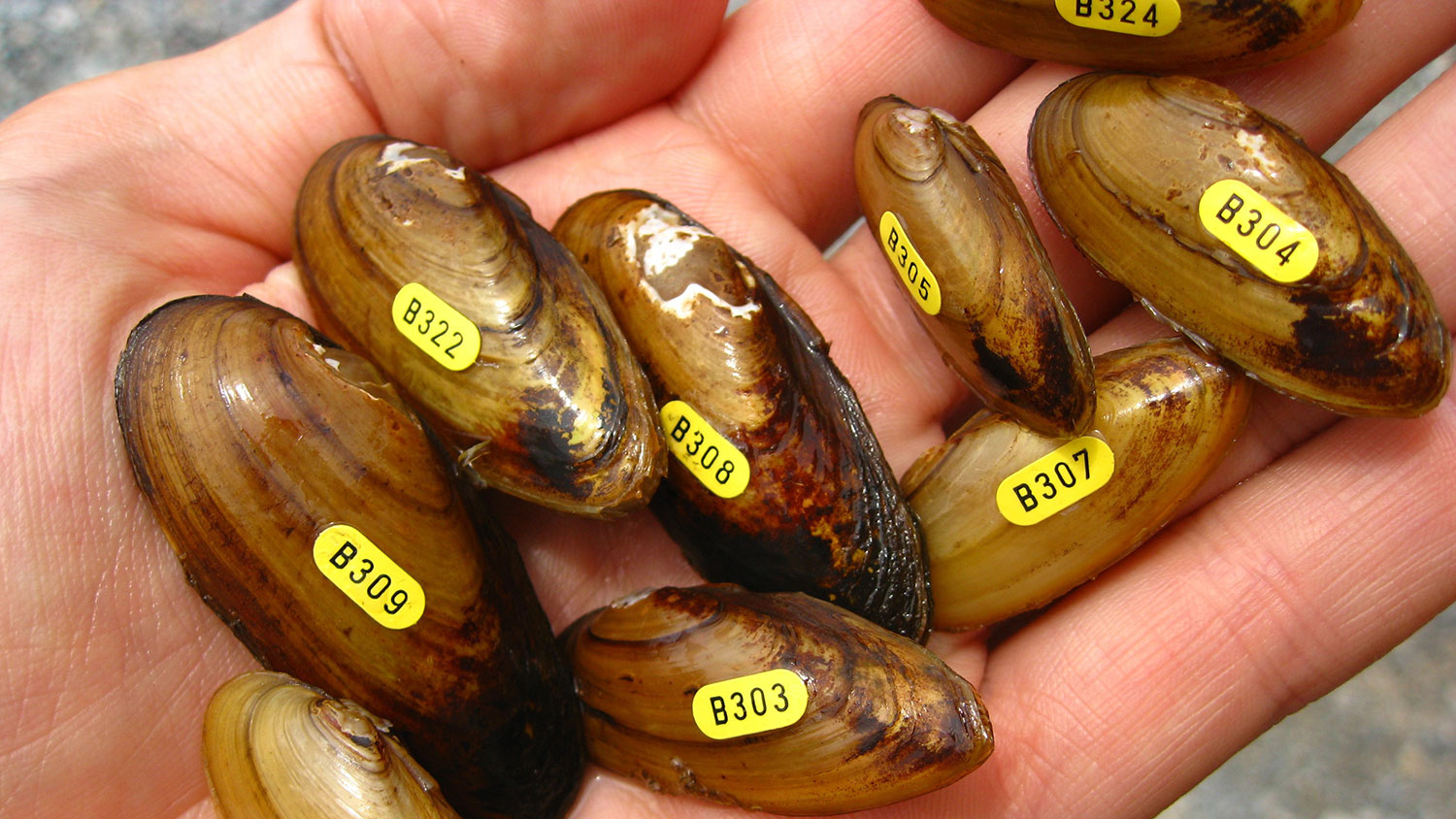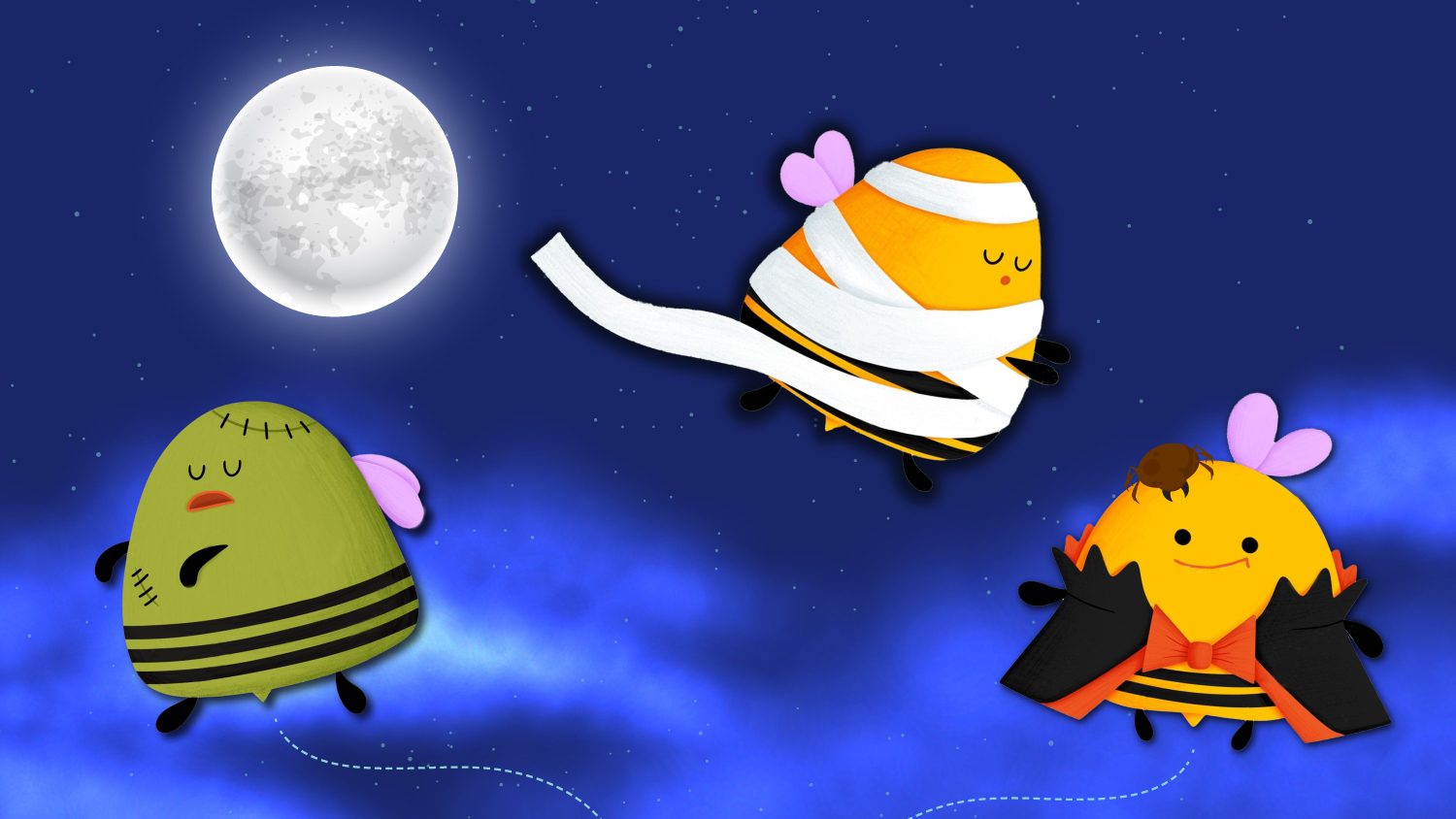What Do Messy Lawns Have to do With Bee Food? A Bee Expert Explains

Editor’s note: This blog post is part of a series of interviews with NC State University experts exploring whether homeowners in North Carolina could make a difference for pollinators through lawn and garden design, maintenance or planting.
Bees – honey bees and wild bees alike – are in trouble. Wild bee populations may have declined by 23% across the United States, according to one 2015 study that modeled their abundance between 2008 and 2013. Another study found that 25% fewer bee species were spotted globally. Managed honey bees, on the other hand, have been seeing unsustainable colony losses for more than a decade.
The loss of habitat, and subsequent loss of bee food – pollen and nectar – is just one of the threats that all bees are facing, according to David Tarpy, professor of applied ecology at North Carolina State University. Now, the question that some people are asking is: Could messy, weed-sprouting lawns potentially help these troubled pollinators find food?
Through an effort called “No Mow May,” homeowners would skip mowing mow their lawns, or mow less frequently, during the month of May. The idea is to let weeds grow that might be able to provide food for bees. The effort was first popularized in England and has been subsequently adopted by some U.S. communities.
The Abstract spoke to Tarpy about the threats facing bees, and whether could help bees in North Carolina in the ways they manage their lawns.
The Abstract: Are honey bees declining in the United States? What about wild bees?
David Tarpy: The wild natural pollinators are disappearing. There are about 4,000 native bee species in North America alone, and 20,000 worldwide. For wild bees, we do know that some species are more susceptible than others, but we don’t have as much information because there are so many species, and some of them live solitary lives.
All pollinators are in trouble, but it’s a mischaracterization to say the honey bee population in the United States is declining. Honey bees are managed by people. It’s more accurate to say honey bees are dying off in unsustainable rates. The number of managed beehives in the United States is fairly stable, but we see a higher than sustainable turnover rate. Honey bee colonies are dying, but the beekeepers are growing them back. The question is: what happens if they’re no longer able to?
I like to use the analogy that native bees are like songbirds. They’re diverse, and wonderful, and come in all different shapes and sizes. Honey bees are like chickens, since they’re managed by people. All are birds though, so they share a lot of the same common stressors.
TA: What are some of the stressors for pollinators?
Tarpy: One of the stressors they have in common is nutritional deprivation. There are not enough flowers to provide nectar and pollen, their two food sources. That’s true for honey bees, just as it is for native bees. In addition to the lack of food, we also see overuse of pesticides, especially insecticides, as stressors, as well as threats from parasites and pathogens.
TA: Do you think “No Mow May” could help pollinators?
Tarpy: “No Mow May” is an effort to try to raise public awareness that flowers are really good for pollinators, even if those flowers happen to be in your lawn and you happen to call them “weeds.” It’s a nice way of trying to put the pollinators front and center and to raise awareness about habitat loss that leads to nutritional deprivation of pollinators.
In general, if we can re-assess what we call a “beautiful landscape” to include flowering plants, rather than just grass, that might go a long way to addressing some of the issues facing all pollinators. If we can make our landscapes more productive ecologically, that could go a long way.
TA: Is spring a special time for bees?
Tarpy: Having food resources available in spring is really important in the short period of time of the year when the adult bees are active and trying to make the next generation of bees. Some species are starting earlier and some are later. They collect the food so they can make the next generation of bees that will emerge next spring.
Imagine that you’re a ground nesting native bee. You nest in the ground, you come out, and you seek flowering resources for nectar and pollen. After you come back to your chamber with your ball of pollen, you lay an egg on it. When it hatches, the larva have something to eat.
Honey bee colonies, on the other hand, are actually perennial. They live year-round, even through the winter, in the hive staying warm and eating honey. When spring comes, they collectively forage for resources, bring it back to the hive, and store it as honey to eat during times of dearth.
TA: Does the timing of the initiative make sense for North Carolina?
Tarpy: Compared with the United Kingdom, which is farther north, we’re a little bit ahead. A lot of things start getting active in March and April.
This post was originally published in NC State News.


